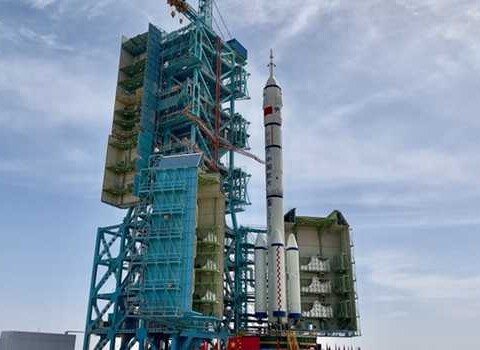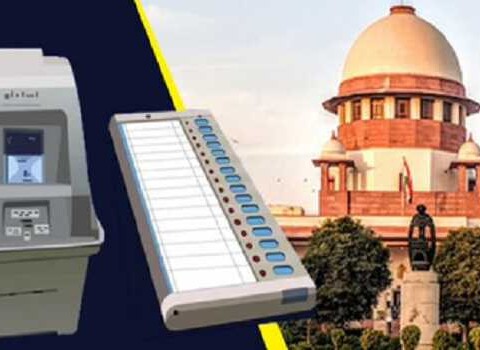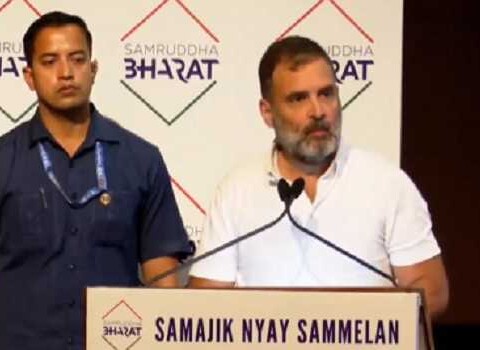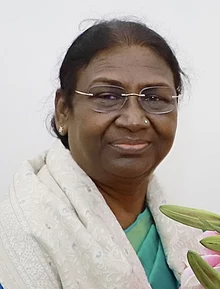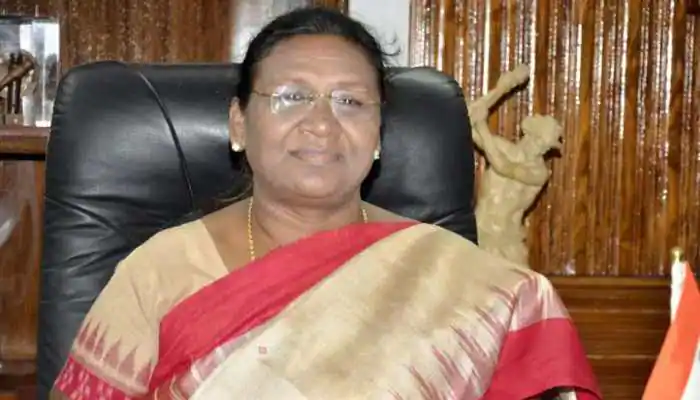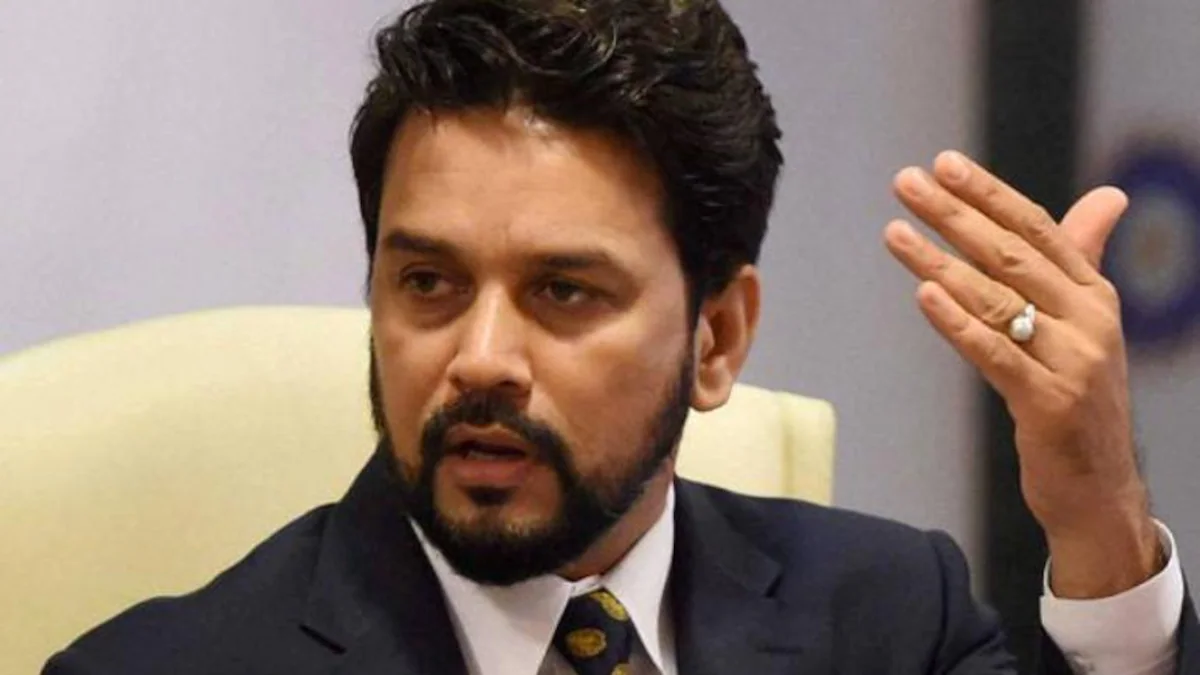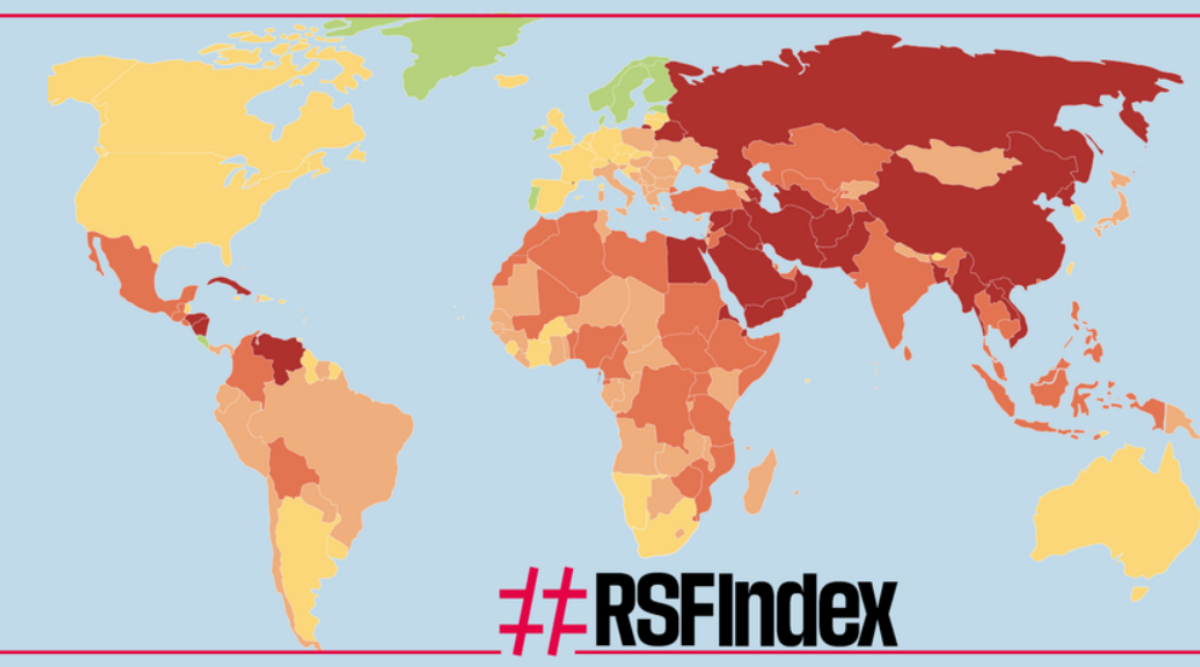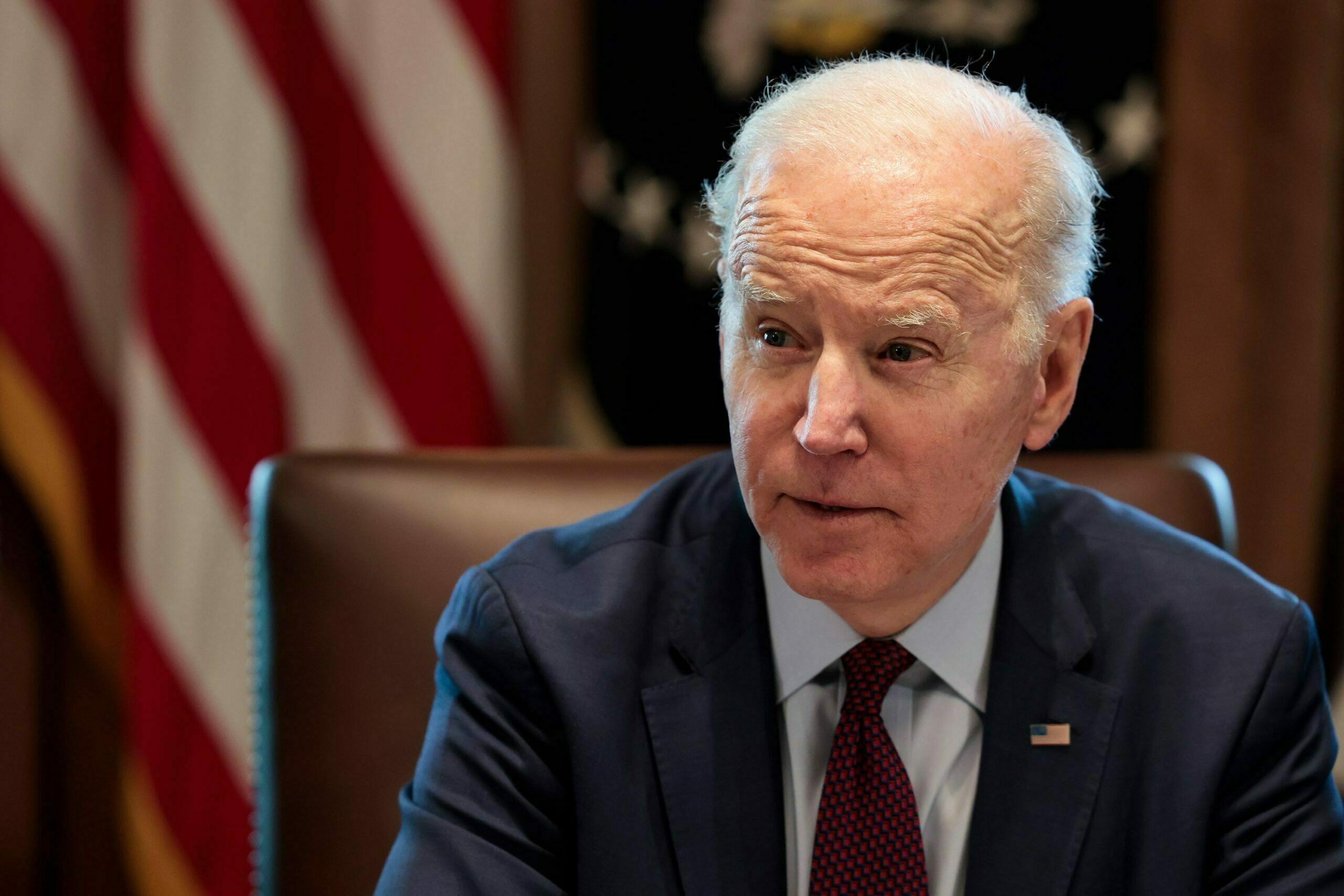Itifaq Lone
Last year in October when Security Forces neutralized the top militant commander of Lashker-e-Toiba, Abu Qasim in Kulgam district of South Kashmir, the endless crowd attending his funeral threw India’s security and intelligence network into tizzy. The swelling crowd sent loud and clear message to the government about the prevailing political realities of Kashmir. However, nearly three months later again in south Kashmir’s restive Pulwama district, the funeral of local militant Shakoor Ahmad Bhat witnessed the swarming crowd despite extreme chill.
The militant funerals these days killed in gunfights with security forces not only attract the youth, the women are equally participating amid pro freedom, pro Islamic slogans. They apply henna on the hands of slain militants, shower petals and sweets on their bodies till they are laid to rest.
There is a complete show of empathy from the local people who pour into the funerals while braving the chill, hoisting the green flags while climbing the trees, shouting the pro freedom slogans. The prevailing trend has significantly boosted the indigenous militancy across valley and poses a severe security challenge for India in this bordering state.
Although the major reason of joining militancy by local youth was attributed to the diminishing economic opportunities in state due to ongoing conflict, the latest trend suggests that most of these militants are well educated and hail from financially sound families.
Dr Mir Anayat who has been working over the mental perception of youth since last more than seven years and neutralize the radicalized thoughts among youth attributes religious indoctrination as an attracting force for youth to pick up guns as a form of ‘Jihad’.
Maintaining that religious is the most powerful tool to influence the youth, he says the religious places, seminaries are widely being used by the people to incite youth for violence.
“Most of the times the separatists jump into opportunities and catch the sizeable crowds at religious gatherings, mosques on Fridays during congregational prayers and other places and deliver provocative speeches,” he believes. “There is a considerable impact upon the psyche of youth who even immediately after the culmination of speech pick up stones and shout pro freedom and pro Pakistan slogans”.
Mir suggests that to neutralize the radicalized ideology among youth, the government should adopt the same tactics and invoke religious leaders to address the issue.
“Most of the times we see men in khaki under welfare initiatives reaching out to youth. But that can’t help government to win the hearts and minds of people. Religious leaders, civil society members and media should be involved to address this concern,” he suggests.
However, the political commentator of Kashmir who also teaches Political science at Central University, Noor Mohammad Baba strictly believes that the deadlock between India and Pakistan over the dialogue process during last several years pushes youth towards militancy. Baba says that the reality of conflict in Kashmir lies into its political contours and that needs to be addressed for the lasting peace in region.
“The present form of militancy is well motivated and ideologically more powerful then what we have seen in 1990’s. New Delhi should wake up to this concern and take steps in addition of the economical initiatives,” said Baba.



